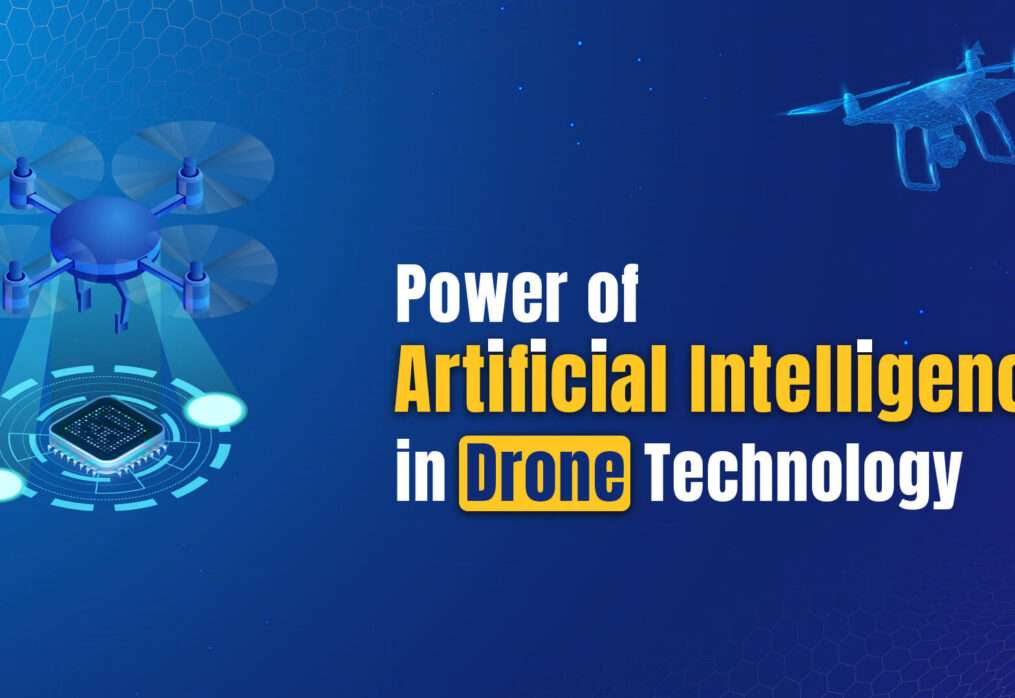Artificial intelligence has revolutionized the drone industry by enabling drones to perform complex tasks autonomously with greater accuracy and efficiency. AI drone technology allows drones to collect and analyze data in real-time, making them useful in various industries, including agriculture, construction, surveillance, and search and rescue. For example, in agriculture, drones equipped with AI technology can monitor crop health, detect pests and diseases, and optimize crop yields.

